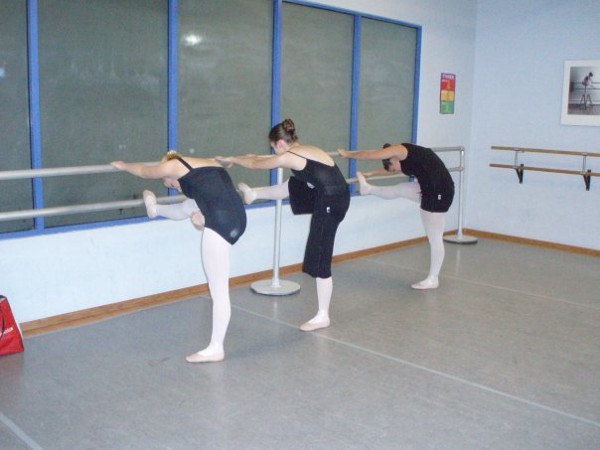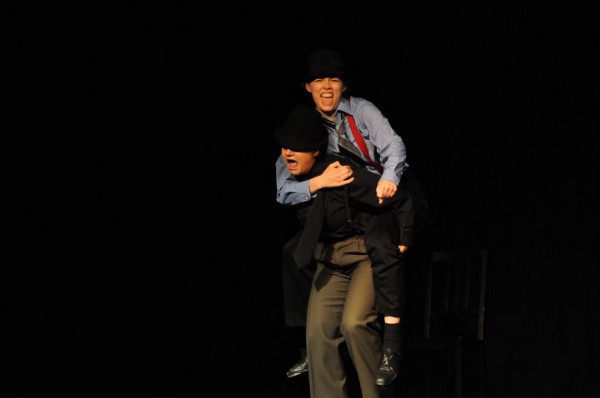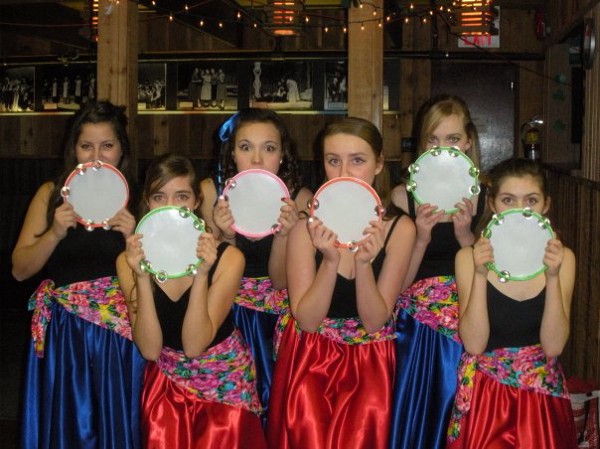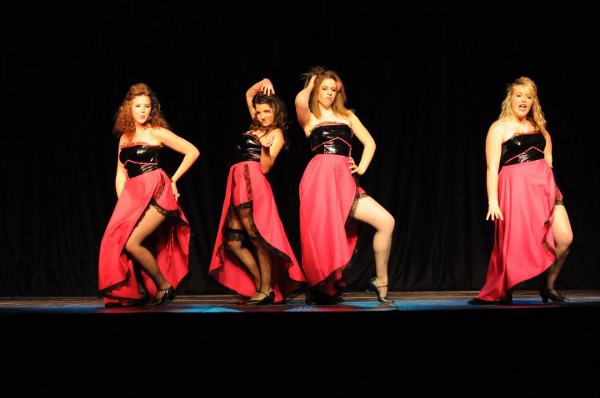Pathways to design: ballet
I identify the inherent privilege that my pathway to a career in technology and design holds. I believe our unique journeys are all equally valuable in design. I think sharing them will help spread the message that learning comes from many places, and that our work selves are ourselves.
I attribute my performance in design to a performance arts background. I often get asked, “how did you leap from the stage to design?”. After all, design is not art. People want to hire designers or become them, and they want to know what to nurture. At first, I thought of theatre — interaction is a key theme that makes an easy connection to interaction design. Over time, my answer has expanded. So I thought I would attempt at explaining the “super power” of my performance arts background more thoughtfully than I have before. For this, I’m going to focus on ballet, my deepest passion of the arts.

A little backstory…
I started ballet classes when I was four years old. As I grew up, I worked through the Royal Academy of Dance syllabus and supplemented my repertoire with other genres, such as tap, jazz and hip hop. After high school, I pursued a degree in performing arts at the Canadian College of Performing Arts in Victoria, BC. I decided after my first year that a performing arts degree might not be the most financially-savvy move for someone who was pretty good at most performance things but wasn’t really exceptional at one thing. Although my last ballet class was in 2013, I continue to dance in my kitchen every day. I do this not only for enjoyment and fitness, but to remind myself of these embodied skills I use in my profession every day.

Technique — effective, not perfection.
Ballet is about technique, not about perfection. Ballet technique is moving in the most effective and graceful way, by using the full expression and capacity of body, character and spirit. The capacity of one's body and life impact the range of motion and expression. I believe design technique is equally about effectiveness and not perfection. Design asks for a full range of cognitive and emotional expression, and grace through navigating them. Design effectiveness comes from the awareness to balance agility with deadlines, continuously improve through effective learning, gracefully connecting with stakeholders, while understanding the environmental relationships to your output.

Agility
Good technique requires true agility, responding to one’s reality and environment as the means of determining “effective”. When watching professionals, it looks dauntingly perfect. But many dance companies embrace that strength and range of motion can take many forms, and that spirit and character weigh equally.
Agility is the founding principle of many development team’s today. And while the manifesto is about development delivery, the mentality is more broadly applied to many teams — regardless of the product type. This little “A” agile is the foundation of design, or rather, design is the foundation of little “A” agile. The design process centres around letting new information influence your understanding of the problem and it’s solution. But knowing when to take the information you have and implement, and knowing when to continue learning takes agility.

Sensitivity brings awareness
Ballet technique creates an innate ability to be sensitive and aware through both cognitive, physical, and emotional strength and flexibility. In dance, one holds many details in the mind; what muscles to use, what emotion to convey, exercising character and spirit to interpret effectively to others. If you’ve never attempted a pirouette, perhaps a tree pose in yoga would provide an adequate comparison. In order to balance in a static position with full posture, you must use all 850 muscles in your body. Yoga is about training your mind to be aware of your body and environment, and how to shift to accommodate the needs of each. In design, the considerations of decisions may also reach 850 items. Before you scoff, think of all the unconscious considerations you’ve inherited from years of being a designer! You train your mind to be aware of your customer and business, and how to shift to accommodate the needs of both, in whatever constantly changing environment you find yourself in.
This sensitivity and awareness lends itself to the rapid improvement of both design output and the self. The advantage of 15 years of ballet training means that I’ve had countless moments of having to implement feedback immediately in the moment. I am truly sensitive to technique, and the ability to learn and improve it. Which is why my biggest pet peeve is a lack of feedback. I didn’t get to where I am today in my career by passively progressing. I often have to force feedback out of people and explain my nature of being coachable. Tears mean I’m learning, and I love it. Now, tears from pointe work — not so much.

Story Telling
Going beyond the yoga metaphor, ballet demands that while you effectively exercise those 850 muscles, you interpret a story through expression, while keeping in time to the music. Ballet tells stories through a variety of mediums, bringing together many artists in the name of the dance. If that wasn’t enough, an important variable in effectiveness is dynamism; in order to catch the eye of the audience member in the back row of the balcony, you must accent your movement, using cues from the story and music. Dynamism and character are what make meaningful experiences, which is what we aim for in user experience design. Good utilitarian design is the baseline expectation. UX is the investment into creating meaningful connections with customers.
Design is a dance
The technique from 15 years of ballet has given me an embodied understanding of the dance within design. Strength in agility, sensitivity, dynamic storytelling are all skills that I believe make me a talented designer. Agility is needed to iterate at the right moment, sensitivity is needed to balance needs and empathize, and dynamic storytelling is needed to sell and impress. Grace is where I stand the most to remember and refine in my professional output. And maybe someday I will actually sell a client on an interpretive dance activity to reflect on the story of their users. TBD!
Where did your design talent come from? Let’s share these stories and support technology recruitment value our diverse backgrounds!


